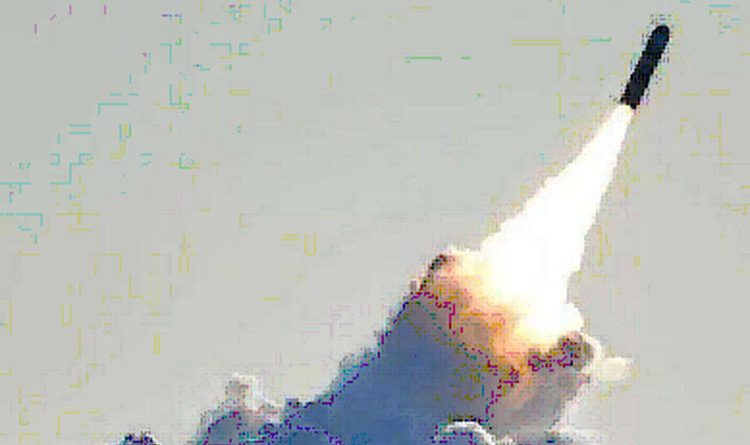Chinese JL-3 Nuclear Missiles In The South China Sea
Sydney, Australia (SPX) Nov 27, 2022
To assure second-strike capability, China’s nuclear strategy remains grounded in the use of SSBNs, as well as other and more diverse delivery platforms. This doctrine’s cornerstones remain no-first-use, minimum nuclear deterrence, counter-nuclear coercion, and limited nuclear deterrence. Without adequate force modernization and delivery mechanisms, China may face pressure to change its second-strike strategy to one of first-use. The deployment of SSBNs equipped with sophisticated JL-3 missiles demonstrates the importance of correctly balancing with the goal of maintaining peace.
Experimental Chinese military hardware from all branches of the armed forces was on display during the 2022 air show in Zhuhai. As part of its effort to modernise its regular military forces, China is developing several major nuclear weapons. One of these is the new Ju Lang-3 (Giant Wave-3 or JL-3) submarine-launched ballistic missile (SLBM), which was recently sent to the South China Sea.
China’s deployment of the JL-3 to the South China Sea has exacerbated the region’s instability and relations between China and the United States. Six of the PLAN’s Type 094 Jin-class SSBNs were outfitted with JL-3 missiles, according to the US Navy. If China has deployed its nuclear ballistic missile submarines (SSBN) into the South China Sea, its ballistic missiles will be substantially closer to the mainland United States, but it will also place numerous critical US bases and areas of interest under direct nuclear attack threat.
Analysts and members of the security sector have long recognised that China’s increasingly sophisticated missiles and weapons would soon be able to reach the continental United States. The “killer” JL-3 can destroy targets from 10,000 kilometres. Some sources claim that the missiles’ range is even greater. Despite the missile’s enhanced range, it cannot strike any US mainland target unless an SSBN transports it to a suitable delivery location. However, the missile would encompass Australia, India, and American bases in the Indo-Pacific.
Deploying missiles at distant or at least distant regions from the home country assures not just better strike reach, but also the country’s second-strike capabilities in the event of a nuclear attack. This ensures that even if American missiles hypothetically destroyed Chinese cities and missile silos, the Chinese could launch missiles from alternative locations and destroy American cities in retaliation. Mutually assured destruction (MAD) discourages a country from initiating a nuclear attack for the simple reason that it would not be able to avoid a nuclear response of equal or greater intensity.
The JL-3 offers significant enhancements over its predecessor, the JL-2. Importantly, its enhanced range provides additional strike choices, including Honolulu as a potential target for missiles launched from Chinese SSBNs anywhere in the Western Pacific Ocean, just off China’s coast, or even from the safety of the Yellow Sea. China might potentially attack West Coast American cities such as Los Angeles and San Francisco. The US intelligence community is unknown as to how many Jin-class submarines are currently in service with the PLAN, but estimates there are approximately four. Each SSBN can transport twelve JL-3 SLBMs.
Missiles for peace?
According to some observers, this tactical deployment activity implies an intent to attack the United States. China’s deployment of missiles might be seen as both a deterrence and an attempt to offset the United States’ nuclear advantage over China. Due to America’s ballistic missile submarine presence in the Indo-Pacific and the region’s nuclear alliances and security arrangements, Chinese cities are already at risk of nuclear attack. This poses a major security problem for several reasons. Despite possessing fewer nuclear missiles than Russia, the United States’ arsenal is 10 times larger than China’s. To maintain a balance of power and security, China would need the same nuclear attack capability against all American cities.
China is unlikely to seek to engage in an arms race with the United States or reduce its cities to ash; rather, the deployment of JL-3 SLBMs demonstrates China’s pursuit of security. China’s military strategy is based on the concept of “active defence,” yet its force modernization for what it believes a necessary force to protect China’s national security is insufficient. The development, building, and deployment of SSBNs and SLBMs in the South China Sea and elsewhere in the Western Pacific Ocean, as well as further afield, reflect China’s defensive posture rather than efforts to increase its offensive capabilities.
Courtesy: Spacewar

